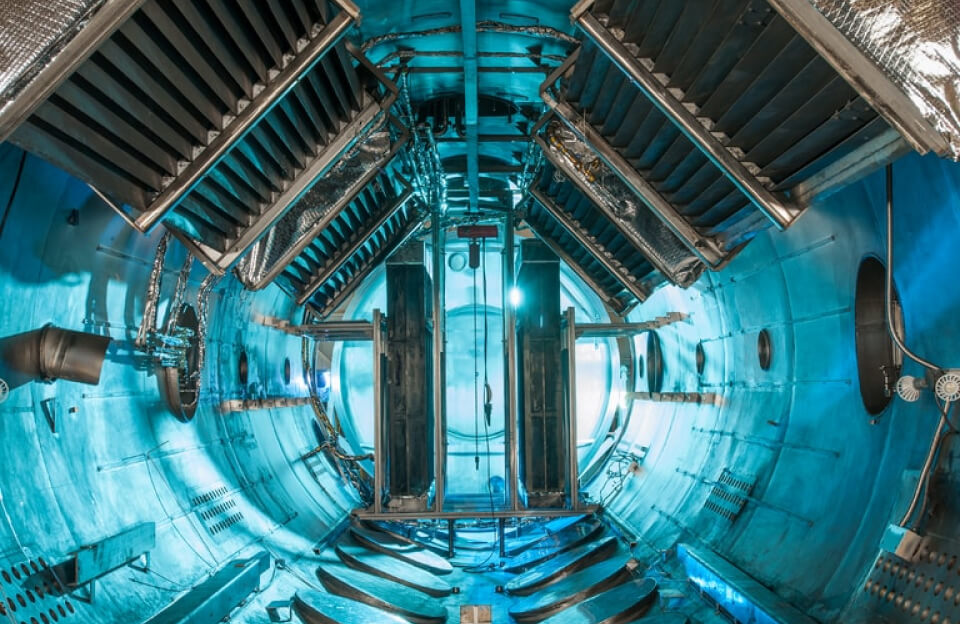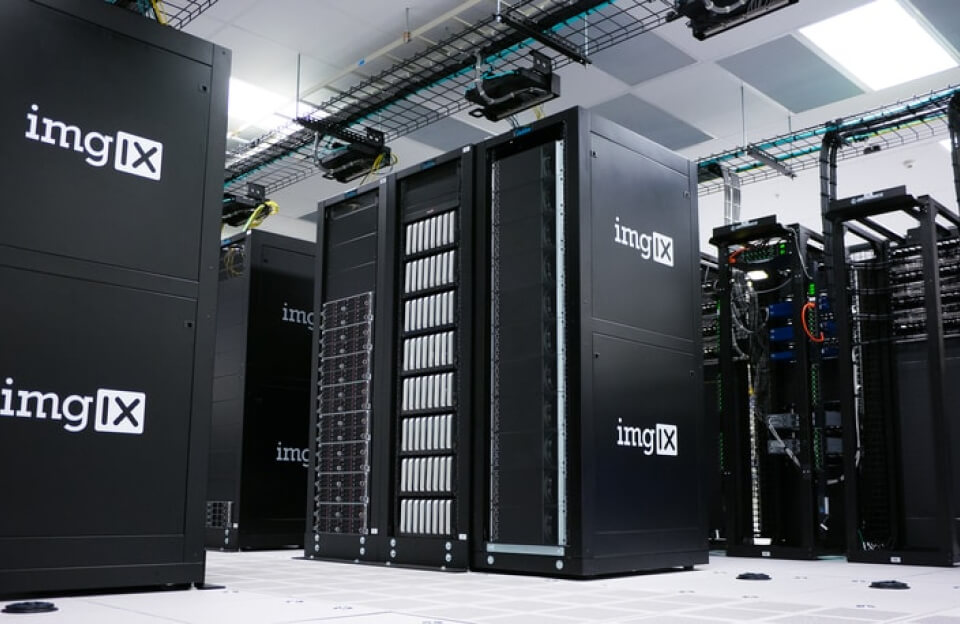India’s space exploration program has been making significant strides in recent years, and the upcoming Chandrayaan-3 mission is a testament to the country’s ambition and technological prowess. This lunar exploration mission, set to launch on July 13, 2023, aims to achieve a soft landing on the lunar surface and deploy a rover to conduct extensive scientific studies. In this article, we will delve into the advanced technologies that drive Chandrayaan-3, highlighting its significance and potential impact on the future of space exploration.
Soft Landing Technology: Ensuring a Safe Lunar Touchdown
A key technological aspect of the Chandrayaan-3 mission is its soft landing capability. The lander, equipped with state-of-the-art sensors and software, is engineered to make a controlled descent and land safely on the lunar surface. This technology is critical to prevent any damage to the lander and rover during touchdown. By incorporating a variety of sensors and intelligent navigation algorithms, the soft landing system enhances the precision and safety of the mission.
The lander’s sensors include a laser altimeter, which accurately measures the distance between the lander and the lunar surface. This information is crucial for determining the lander’s position and altitude during descent. Additionally, panoramic cameras and terrain-mapping cameras provide high-resolution images of the landing site, aiding in the selection of a suitable location.
Relying on this advanced soft landing technology, Chandrayaan-3 aims to achieve a successful touchdown, paving the way for future missions and enabling further exploration of the Moon’s surface.
Rover Mobility Technology: Navigating the Lunar Terrain
Once the lander has safely touched down on the lunar surface, the rover comes into action, utilizing advanced mobility technology to navigate the challenging lunar terrain. The rover is equipped with six wheels, specifically designed to withstand the harsh lunar environment. These wheels are made from a special material that ensures durability and traction on the uneven lunar surface.
The mobility system of the rover incorporates intelligent navigation algorithms that allow it to traverse the lunar landscape with precision. By analyzing data from various sensors, such as accelerometers and gyroscopes, the rover can adapt its movements to the changing terrain, ensuring stability and efficient exploration.
With its enhanced mobility capabilities, the rover will be able to explore the lunar surface, collect valuable data, and contribute to our understanding of the Moon’s geology and composition.
Scientific Payloads: Gathering Insights from the Lunar Surface
Chandrayaan-3 is equipped with an array of scientific payloads, enabling comprehensive studies of the lunar surface. These payloads consist of advanced instruments designed to analyze various aspects of the Moon’s environment, including its composition, magnetic field, and seismic activity.
One of the key scientific instruments onboard the lander is a spectrometer. This instrument measures the interaction of light with the lunar surface, providing valuable insights into the composition of the Moon’s regolith. By analyzing the reflected light, scientists can identify different minerals and elements present on the lunar surface.
Another important payload is a magnetometer, which measures the magnetic field of the Moon. By studying the variations in the Moon’s magnetic field, scientists can gain insights into its internal structure and its history of geological activity.
Furthermore, the rover carries a seismometer, which detects and records the slightest vibrations or seismic activity on the lunar surface. This data helps scientists understand the Moon’s internal dynamics, including its tectonic activity and the presence of moonquakes.
These scientific payloads form a crucial part of Chandrayaan-3’s mission, providing valuable data for scientific research and expanding our understanding of the Moon’s formation and evolution.
Rocket Science: GSLV Mk III
Rocket Science: GSLV Mk III Ah, rocket science! The epitome of human ingenuity and ambition, bringing us closer to the stars. And when it comes to the powerful GSLV Mk III, well, things start to get even more intense. Brace yourselves, folks!
The GSLV Mk III, also known as the Geosynchronous Satellite Launch Vehicle Mark III, is a beast of a rocket. Seriously, this baby means business. With a height of 43.4 meters and a lift-off weight of 640 tons, it’s like a giant bully ready to punch its way through Earth’s atmosphere and into the depths of space.
But what really sets the GSLV Mk III apart are its features and capabilities. For starters, it has a cryogenic upper stage engine, which basically means it uses super cold liquid fuel to achieve greater thrust and efficiency. It’s like giving the rocket a much-needed caffeine boost to shoot it further and faster.
And let’s not forget its payload capacity. The GSLV Mk III can carry a whopping 4-ton payload, which is like hauling an elephant into space. Talk about heavy lifting!
But what makes this rocket even more impressive is its capability to launch not only satellites but also future manned missions. That’s right, ladies and gentlemen, we’re talking about humans exploring the great beyond in a vehicle powered by this bad boy.
So, next time you hear someone say rocket science is complicated, just remember the GSLV Mk III and its mind-boggling features. It’s like unleashing a technological beast that’s ready to conquer the final frontier. The sky is not the limit, my friends. It’s just the beginning!
Propulsion Technology: Navigating the Lunar Environment
The propulsion module of Chandrayaan-3 plays a vital role in transporting the lander and rover to the lunar orbit and maneuvering within the lunar environment. Equipped with advanced propulsion systems, the module ensures precise trajectory control, allowing the spacecraft to enter the desired lunar orbit and execute orbital maneuvers.
To navigate the lunar environment, the propulsion module is equipped with various sensors, including a star tracker, a sun sensor, and a gyroscope. These sensors provide crucial information about the spacecraft’s orientation and position relative to celestial objects, enabling accurate navigation and course corrections.
The propulsion module is also responsible for adjusting the spacecraft’s orbit and velocity, allowing it to rendezvous with the Moon and execute the required maneuvers for the soft landing of the lander.
By harnessing the power of advanced propulsion technology, Chandrayaan-3 can precisely navigate the complexities of space and achieve its mission objectives.
Benefits and Significance of Chandrayaan-3's Technologies
The technologies employed in Chandrayaan-3 offer several benefits and signify significant advancements in India’s space exploration capabilities. Let’s explore some of the key advantages and their potential impact on future missions:
Reliability and Efficiency
The sophisticated technologies utilized in Chandrayaan-3 have undergone rigorous testing and development, ensuring high reliability and efficiency. The soft landing system, rover mobility technology, scientific payloads, and propulsion systems are designed to withstand the challenging lunar environment and operate optimally under extreme conditions.
Cost-Effectiveness and Accessibility
Chandrayaan-3’s technologies are designed with cost-effectiveness in mind, making them more accessible to developing countries and emerging space programs. By utilizing innovative approaches and modular designs, the mission offers a more affordable pathway for lunar exploration, inspiring and enabling future space missions globally.
Modularity and Upgradability
The technologies used in Chandrayaan-3 are modular, allowing for easy upgrades and adaptability to evolving scientific objectives. This flexibility ensures that the mission can incorporate new instruments, sensors, and software in the future, enabling ongoing exploration and discoveries on subsequent lunar missions.
Advancing Scientific Knowledge
Chandrayaan-3’s scientific payloads and instruments play a crucial role in advancing our understanding of the Moon’s composition, geology, and history. By analyzing data collected from the lunar surface, scientists can gain insights into the Moon’s origin, its relationship with Earth, and its potential as a platform for future human exploration and habitation.
Paving the Way for Future Lunar Missions
Chandrayaan-3 represents a significant milestone in India’s space program and lays the foundation for future lunar missions. The technologies developed and tested during this mission will serve as building blocks for more ambitious endeavors, including manned lunar missions, resource utilization, and long-term lunar exploration.
Chandrayaan 3 Landing Time , Date and Location
The highly anticipated moment of Chandrayaan-3’s soft landing / moon landing is fast approaching. According to ISRO, the spacecraft is scheduled to touch down on the lunar surface on August 23, 2023, at approximately 18:04 IST. This historic event will be broadcast live on multiple platforms, including ISRO’s website, YouTube channel, Facebook page, and the national broadcaster DD National TV.
The Challenges of the Lunar South Pole
Historically, spacecraft missions to the Moon have primarily targeted the equatorial region due to its favorable terrain and operating conditions. However, the lunar south pole presents unique challenges. Its rugged landscape, extreme temperatures, and permanently shadowed craters make it a demanding area to explore. Chandrayaan-3’s successful landing on the Moon’s south pole will be a testament to India’s technological prowess and determination to push boundaries.
Conclusion
In conclusion, Chandrayaan-3 showcases India’s technological advancements in space exploration, with its soft landing technology, rover mobility capabilities, scientific payloads, and propulsion systems. This mission not only expands our scientific knowledge of the Moon but also paves the way for future lunar missions, inspiring global collaboration and ushering in a new era of space exploration. As India continues to push the boundaries of space exploration, we can expect even more remarkable achievements and groundbreaking discoveries in the years to come.


